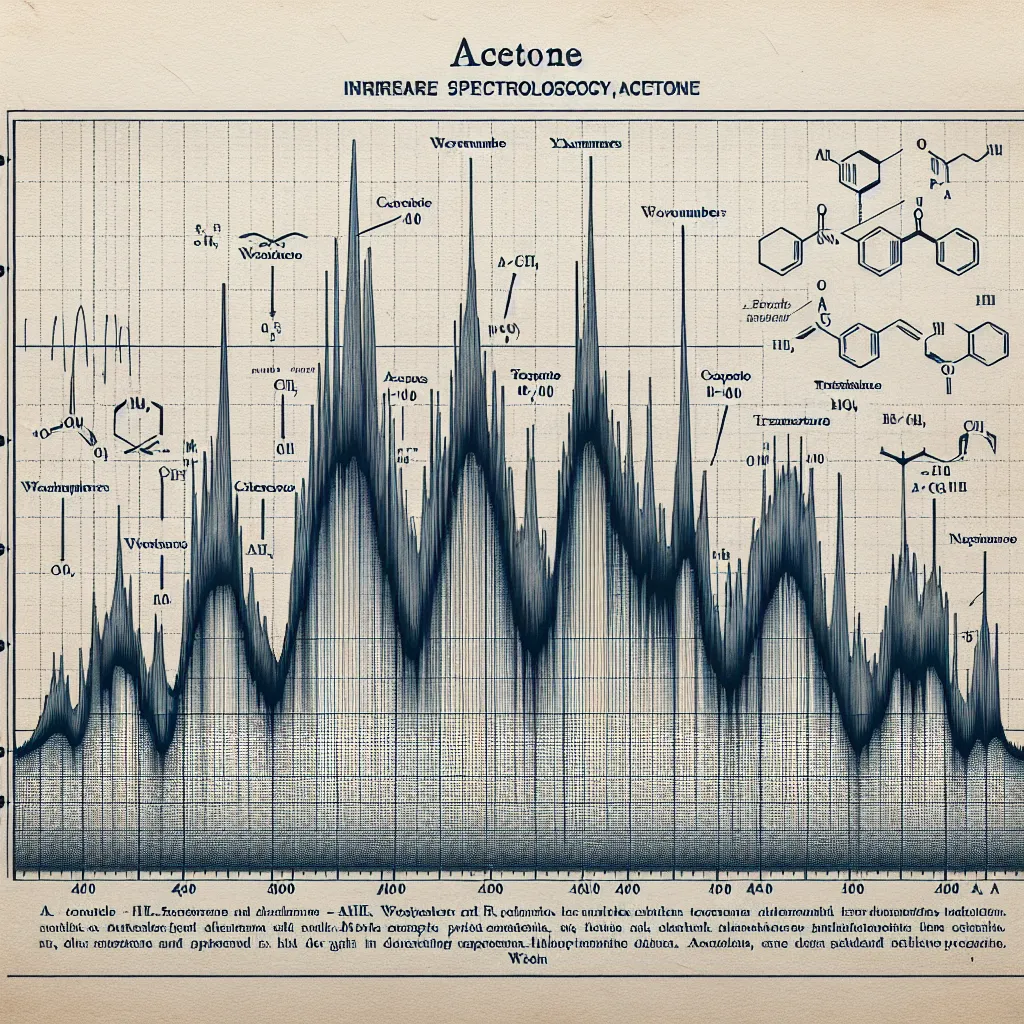Ask AI on The Internet
Question: IR spectra of [Co(NH3)4CO3]NO3 and [Co(NH3)5Cl]Cl2, indicating the absorptions characteristic of NH2 - , CO3 2- , and NO3 - . What are the spectral similarities and differences between these two complexes?
In IR spectroscopy, the technique essentially provides information about the types and strengths of bonds present in a molecule. Different bonding arrangements will give rise to different frequencies of vibration that can be observed on an IR spectrum as absorptions at different wavelengths. Firstly, it is important to understand the nature of the molecular entity we are dealing with in these two complexes: 1. [Co(NH3)4CO3]NO3: In this case, the complex consists of Co3+ coordinated to four NH3 molecules, one CO3 2- and a NO3- ion as outside—not part of a coordination complex. 2. [Co(NH3)5Cl]Cl2: In this case, the complex consists of Co3+ coordinated to five NH3 molecules and one Cl- ion, with 2 Cl- ions are outside of the coordination sphere. Now, let's analyze the characteristic absorptions of NH2-, CO3 2-, and NO3-. 1. NH3 groups: Both complexes contain NH3 so both should exhibit similar absorptions due to N-H stretching and bending vibrations. These typically occur in the range of about 3300-3500 cm-1 (stretching) and 1600-1650 cm-1 (bending). 2. CO3 2- and NO3-: The first complex contains a CO3 2- group within its coordination sphere. As such the CO3 2- characteristic absorptions (two peaks typically due to asymmetric and symmetric O=C=O stretching in the region of around 1400-1600 cm-1) should be observable. The second complex, however, does not contain a CO3 2- group and therefore would not show these absorptions. Conversely, the NO3- ion in the first complex is not part of the coordination sphere and should show characteristic NO3- absorptions (asymmetric stretching around 1380-1390 cm-1), while the second complex does not contain NO3-, and therefore would not show these absorptions. 3. Cl-: Only the second complex has Cl-. Chlorides generally absorb strongly at the far-infrared region, so you might not find characteristic absorptions in the normal IR spectrum range. Please remember this interpretation assumes there are no complex formation or solution effects that might shift or obscure these peaks, and we are referring to an ideal case. Actual spectra might vary due to numerous factors, including temperature, solvent effects, and sample purity.
A new large language model has been made available since this question was asked.
To generate an updated answer from the new model, click the button below.
Think your answer is better than the AI's? Post it below.
Other Most Relevant Posts:
 Exploring the Synthesis and Characterization of Cobaltamine Complexes: Preparation of [Co(NH3)4CO3]NO3 and [Co(NH3)5Cl]Cl2
Exploring the Synthesis and Characterization of Cobaltamine Complexes: Preparation of [Co(NH3)4CO3]NO3 and [Co(NH3)5Cl]Cl2
Question Tags
If you want your question answered by an AI, click here.
![Diagram showing IR spectra peaks for [Co(NH3)4CO3]NO3 and [Co(NH3)5Cl]Cl2 complexes, highlighting NH2-, CO32-, and NO3- absorptions.](https://i.imgur.com/HKbWxwN.png)





Post your own comment: